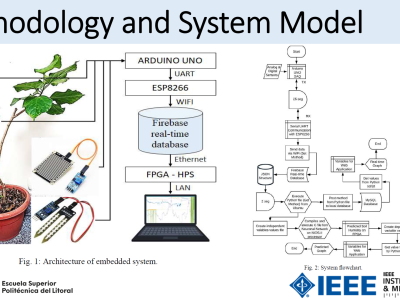COPD Patient's Symptoms with Personal Environmental Sensors

- Citation Author(s):
- Submitted by:
- Sefki Kolozali
- Last updated:
- DOI:
- 10.21227/mvwp-hc86
- Data Format:
- Links:
 900 views
900 views
- Categories:
Abstract
The research were incorporated an extended cohort monitoring campaign, validation of an existing exposure model and development of a predictive model for COPD exacerbations evaluated against historical electronic health records.
A miniature personal sensor unit were manufactured for the study from a prototype developed at the University of Cambridge. The units monitored GPS position, temperature, humidity, CO, NO, NO2, O3, PM10 and PM2.5.
Three 6-month cohort monitoring campaigns were carried out, each including of 65 COPD patients. Patients were asked to carry the sensor at all times, take peak flow measurements each morning and fill out a diary card noting any exacerbations or worsening of symptoms.
Measurements from each monitor were collated into a central database and undergo a series of QA/QC checks and scaling processes. Pollutant ratios were used to characterise specific pollution sources and patient activities. Statistically significant associations were explored relating environmental exposure to exacerbations and symptoms.
The field campaign dataset was used to validate a time-activity exposure model developed at King's College London. Modelled estimates of personal environmental exposure were compared to measured pollutant exposure and performance for different pollutants and micro-environments assessed.
Instructions:
There are two data sets in the zip file, namely sensor_data.csv and health_records.csv documents. The former reports the average and variance daily sensor recordings of air pollution exposure of each COPD patient, whereas the latter reports the daily symptoms of the COPD patients.







